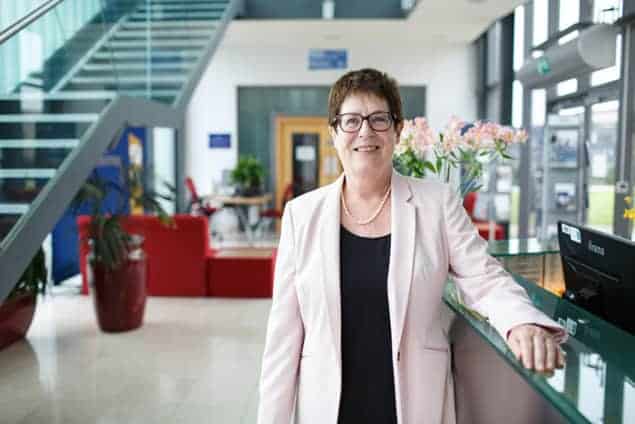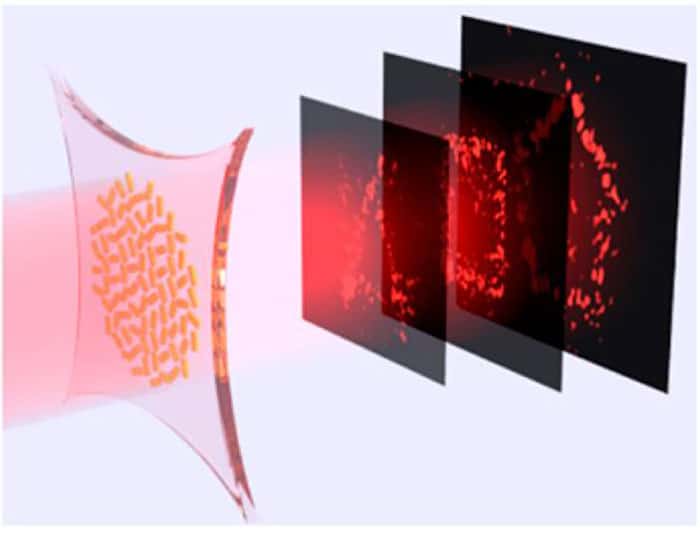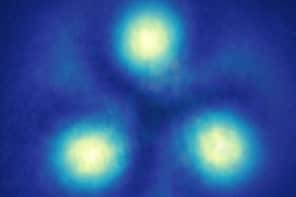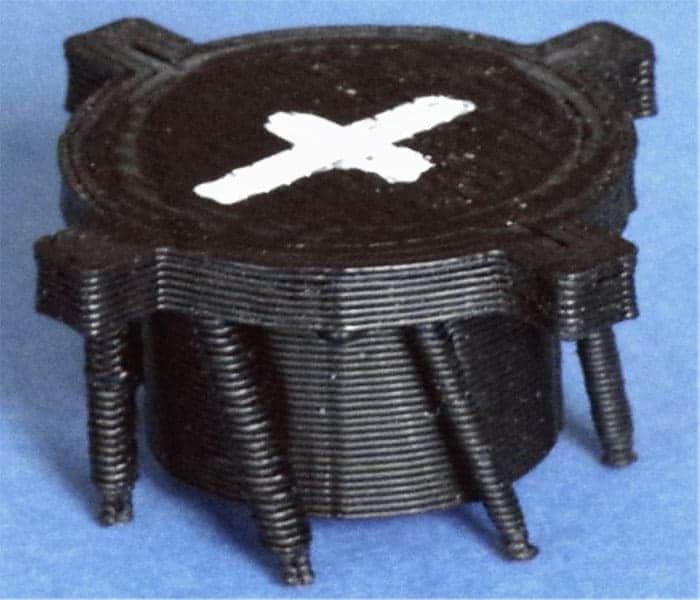Flash Physics is our daily pick of the latest need-to-know developments from the global physics community selected by Physics World‘s team of editors and reporters

Quantum logic controls molecular ions
The quantum properties of molecular ions have been controlled by physicists in the US and Germany. Led by Chin-wen Chou of the National Institute of Standards and Technology (NIST) in the US, the researchers determined a molecular-ion’s quantum state by transferring the information to an atomic ion. A calcium ion and calcium-hydride ion are first confined in an electromagnetic trap. The atomic ion is then laser cooled, which also slows the motion of the partner molecular ion. Although the molecular ion is now in its lowest-energy electronic and vibrational states, it still rotates randomly. A pulse of laser light is applied to the molecule at a frequency that targets only one, unique transition in its rotational spectrum. If the molecule does jump into the target state, the system remains motionless. But if it makes the transition, both ions start moving again because energy is returned to their shared motion. This movement can be detected by applying a laser pulse to the atomic ion that changes its internal state, causing it to scatter light that can be detected. Described in Nature, the method is an alternative to laser cooling and controlling molecules, which has proven very difficult to do. “Whatever trick you can play with atomic ions is now within reach with molecular ions,” says Chou. “This is comparable to when scientists could first laser cool and trap atoms, opening the floodgates to applications in precision metrology and information processing. It’s our dream to achieve all these things with molecules.”
Biophysicist to lead Royal Society of Biology
The biophysicist Julia Goodfellow will be the next president of the UK’s Royal Society of Biology (RSB). Currently vice chancellor of the University of Kent and president of Universities UK, Goodfellow did a PhD in biophysics at the Open University Research Unit before embarking on a career in biomolecular science at Birkbeck College, where she served as vice-master and head of the School of Crystallography. She has also served as chief executive of the UK’s Biotechnology and Biological Sciences Research Council and chair of the British Science Association. Goodfellow will succeed the current RSB president Jean Thomas in May 2018 and will become the third president of the society since it was founded in 2009. “I look forward to working with the RSB to help strengthen the bioscience community they have successfully fostered, and ensure we are able to represent their views and priorities in the coming months and years,” says Goodfellow.
Stretchy hologram switches between images

A hologram that switches between multiple images as the material used to generate it is stretched has been unveiled by Ritesh Agarwal and colleagues that the University of Pennsylvania in the US. The system is based on a metasurface, which is a flat, ultrathin material with nanometre-scale features. The team had previously shown that coherent light passing through such metasurfaces can produce colour holograms – 3D images created by the interference of light. Now, Agarwal and colleagues have created a metasurface by embedding gold nanorods in a stretchable film of polydimethylsiloxane (PDMS). Using a computer simulation, the team worked-out the distribution of nanorods that would result in a sequence of different holograms as the film is stretched. In its relaxed state, a pentagon-shaped hologram forms 340 μm away from the film. As the material is stretched the hologram changes shape – changes first becoming a square and then a triangle. The team was also able to switch between a happy-face hologram and a sad face. The new technique could have applications in virtual reality, flat displays and optical communications and is described in ACS Nano.
- You can find all our daily Flash Physics posts in the website’s news section, as well as on Twitter and Facebook using #FlashPhysics. Tune in to physicsworld.com later today to read today’s extensive news story on the tidal forces on single atoms.



